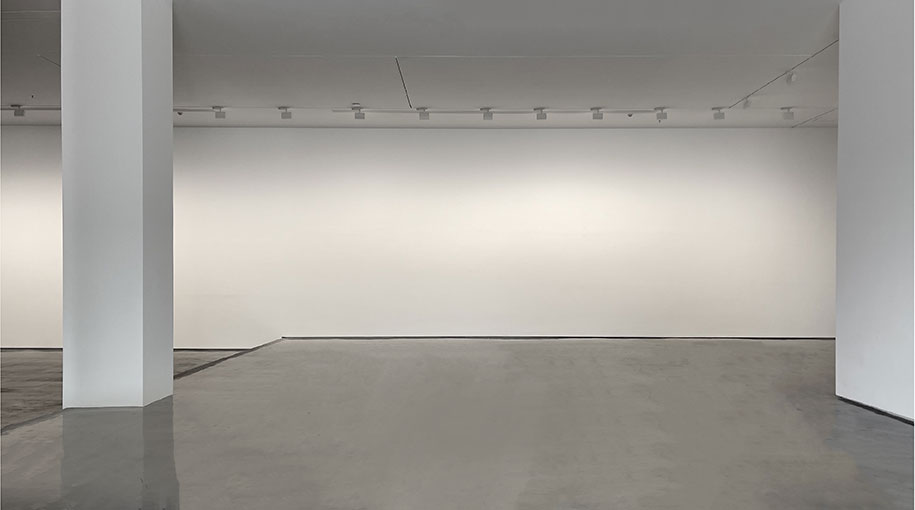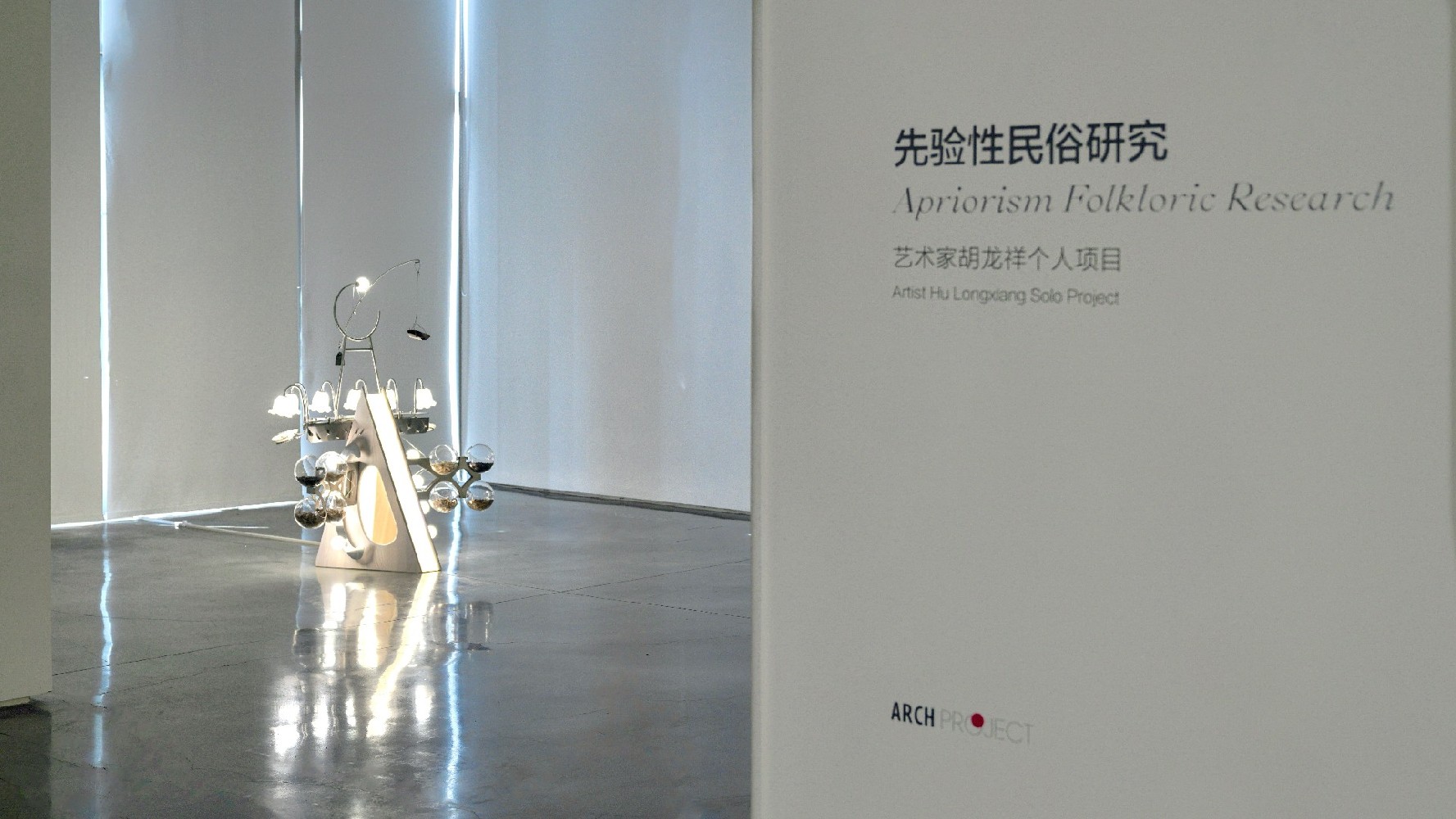
Hu Longxiang’s artistic inquiry is grounded in re-profiling traditional folk customs and an interest in aesthetically transgressive expressions, rooted in deep excavations of material culture and micro-sociology. His practice manifests a grotesque yet poetic aesthetic metaphor through the synthesis of tradition and modernity.
In the 2024 Arch Project, Hu’s solo exhibition A Priori Folk Study (August 11, 2024 – January 20, 2025) at ARCH GALLERY adopted the theme "Lamellar Mechanism." Inspired by the usage and processing of Chinese medicinal materials, the project recontextualized them as functional home objects. Utilizing hyperspectral imaging technology to generate visual designs, it explored the fusion of folk traditions with contemporary lifestyles. The works drew from intertwined histories of herbal medicine, ritual practices, and consumer culture, particularly symbols and narratives within traditional craftsmanship. The following dialogue unveils the strata and textures of the artist’s creative landscape.
ARTIST INTERVIEW
Q: ARCH CHANNEL
A: Hu Longxiang
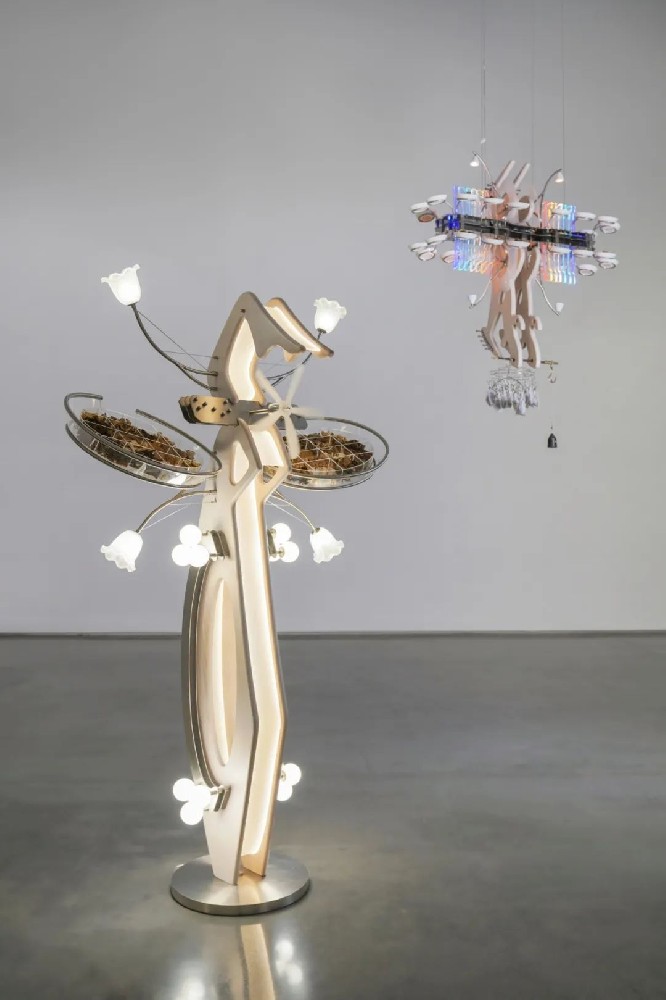
Q1: Functional Tendencies & Domestic Scenography
The project description emphasizes functionality—from spectral technology to domestic aesthetics. Works like lighting, humidification, and wind-effect devices construct domestic scenes. Is your ideal to link art with daily life through living scenography?
A:Beyond luminary functions, these works simulate deconstructed actions of herbal medicine usage. For instance,
The Fourth of the Gill-Like Mechanisms —when red reflections ripple through its structure amid rising steam—evokes herbs simmering in a pitch-black earthen pot.Incorporating overt functionality is a deliberate departure: this project systematically intervenes in impression-formation. As herbs transcend pharmacies into domestic spaces, they trigger cognitive shifts. I prefer "lived quality" over "functionality," aiming for mutual permeation between the works and quotidian experiences, forging new emotional connections to ancient herbal wisdom.
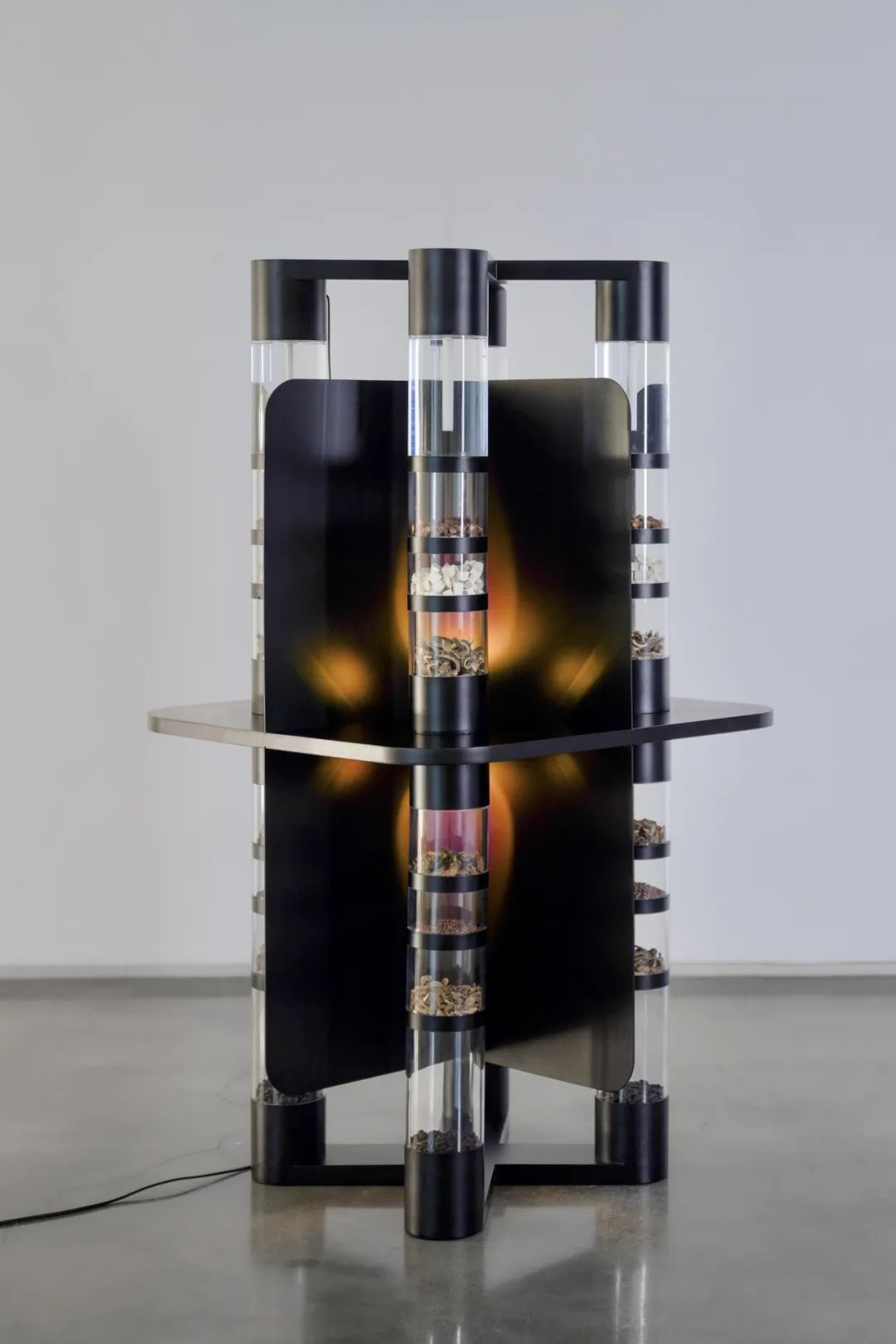
Q2: Artwork vs. Product: Blurred Boundaries
How do you distinguish between "artwork" and "product" in your practice?
A:This hinges on fields of communication: where an idea originates, how it materializes, and what interactions it engenders. In London, I frequented Japan House Kensington—its integrated floors (retail/dining/exhibition) sold "minus versions" of exhibited pieces, sharing consistent craft and materiality. This synergy exemplifies how context defines an object’s identity.
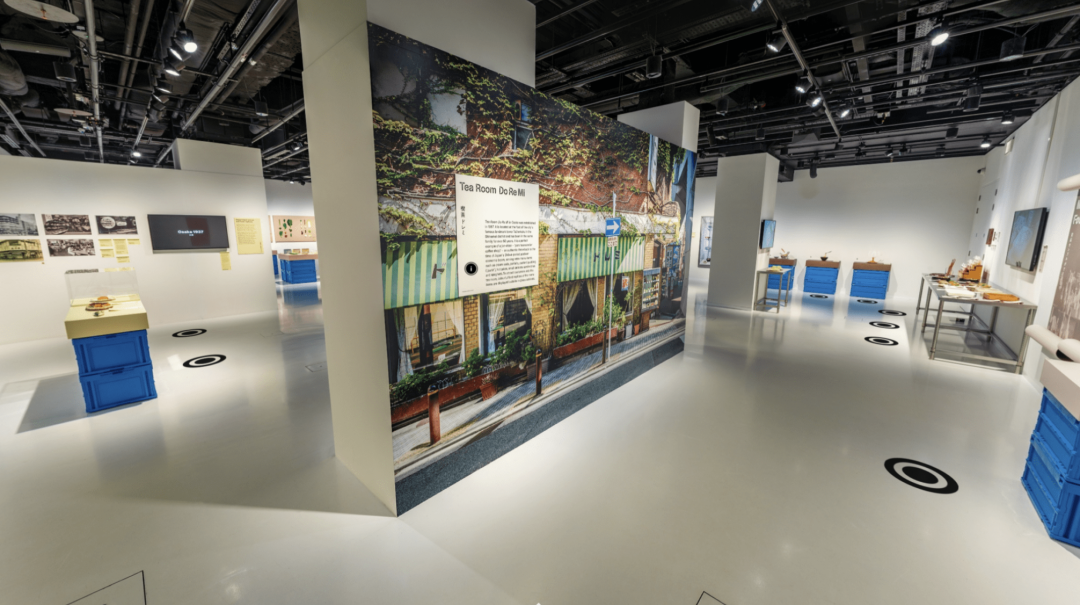
Q3: Ideal Realization Space
What is your envisioned space for these works?
A:After revisiting Huang Jianxin’s The Black Cannon Incident (1986), I found its techno-humanistic allegories resonant with this series. Ideally, they would serve as props or stage sets in films, especially tokusatsu (special-effects cinema), where practical objects amplify narrative surrealism.
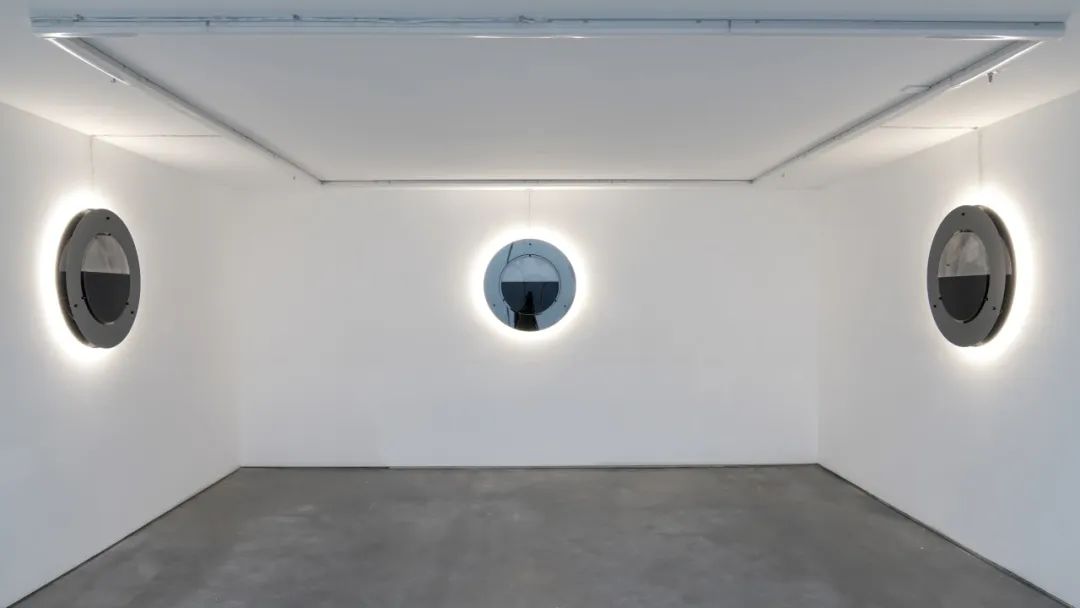
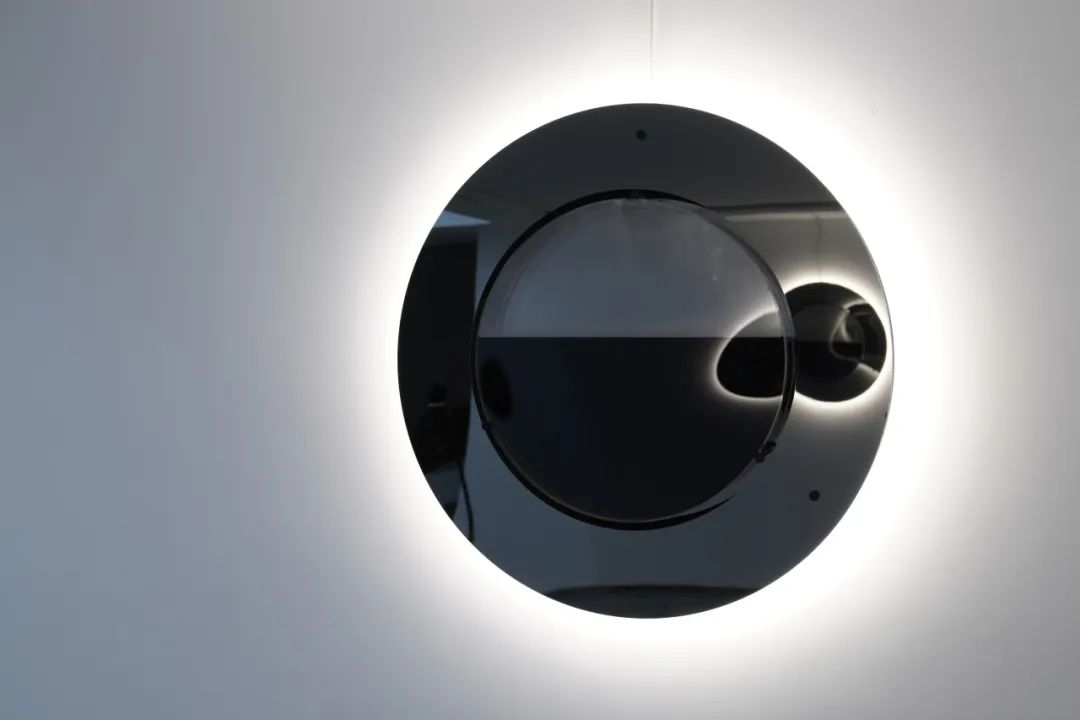
Q4: Kenya Hara’s "Re-Design" Philosophy
How does Kenya Hara’s concept—"clarifying divergences between original forms and redesigned objects"—inform your practice?
A:Hara’s genius lies in "information architecture." His 2000 Re-Design exhibition (e.g., Naoto Fukasawa’s tea bags, Kengo Kuma’s roach trap) demonstrated how recontextualizing mundane objects reveals latent cultural codes.This series similarly re-examines herbal medicine’s equilibrium in modern life. Successful design roots in the empirical world yet emerges from collisions of will and affect. As society undergoes contingent aesthetic/emotional shifts, design must re-anchor familiar experiences through multidimensional cultural lenses.
Q5: Folk Modernity & "Invented Tradition"
How do you reconcile folk traditions with modernity?
A:Modernizing folk culture centers on "inventing traditions"—rejecting static cultural heritage. We must select, amplify, or alienate existing communal practices through modern lenses, rendering historical legacies optional references, not dogma. Folk rituals are perceptual configurations: assemblages of matter, human relations, and affordances that resonate with organic/spiritual needs.As culture becomes ideological capital, traditions must interact with real-world responses to accrue richer logic; meanwhile, human needs continually evolve—yesterday’s answers never resolve today’s quandaries.
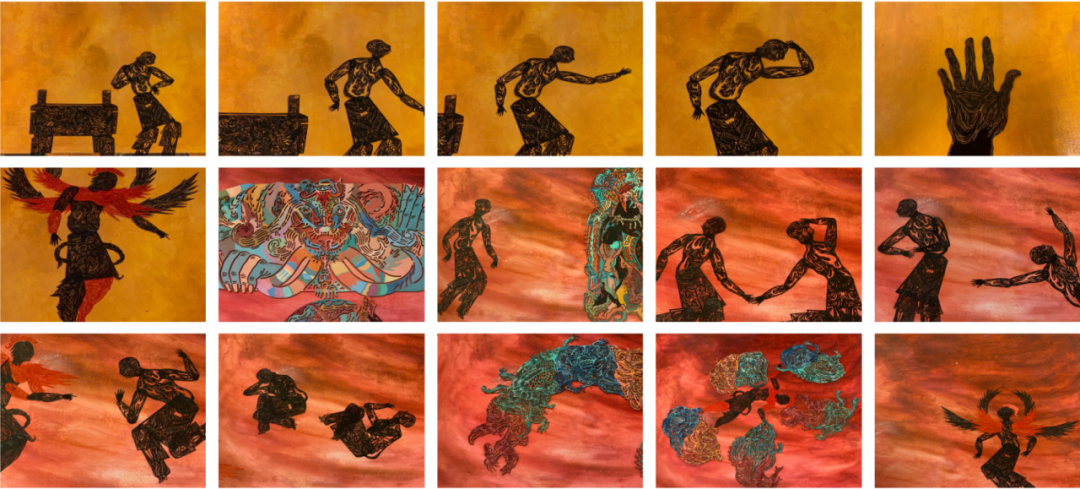
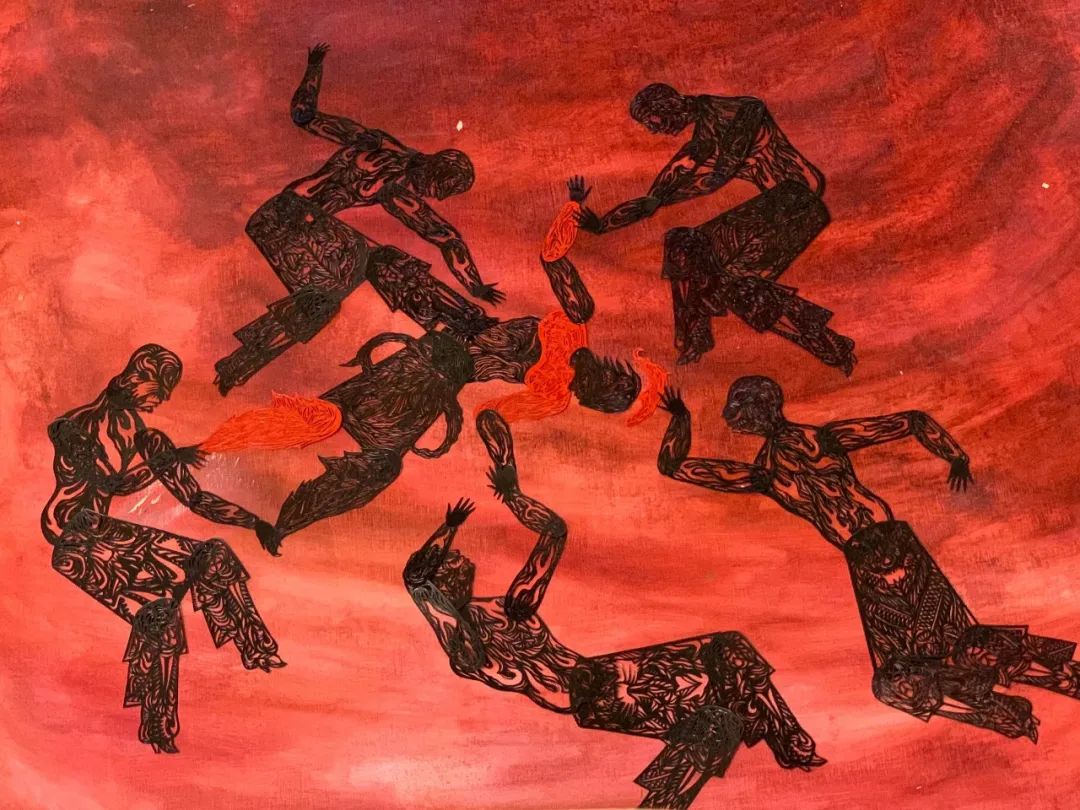
Q6: Multimaterial Practice Methodology
Your approach to material experimentation?
A:A project begins with intellectual novelty or technical challenge. Execution involves research, prototyping, budgeting, and factory negotiations—a "developer-like" process (albeit unprofitable!). Creative blocks recall Tadao Ando’s advice: "First, contemplate realization; practicalities come later. Throw the ball—something will respond." We need no grand manifestos; doing and experiencing suffice. Like speech: ramble freely, and resonant phrases will emerge.
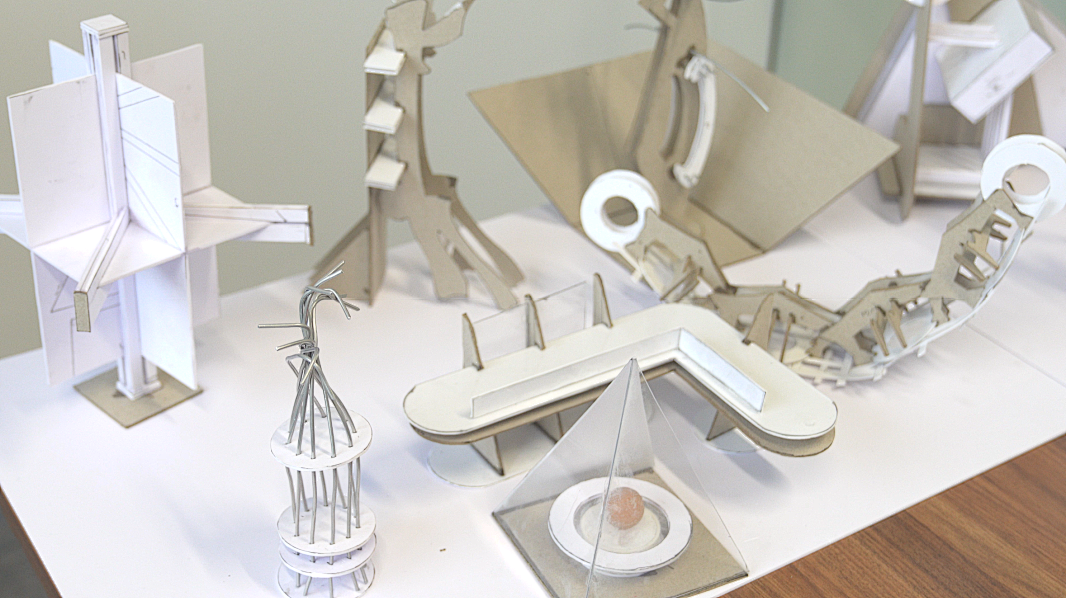
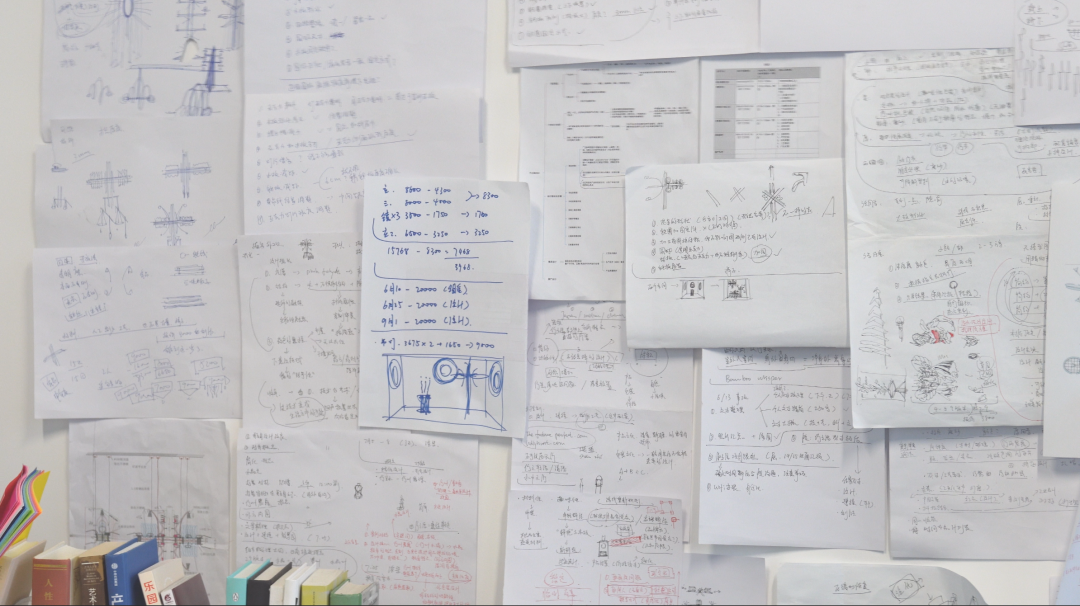
Q7: Translocality: Changsha/London/Baltimore
You mentioned your post-return creative journey. Having studied in the U.S. and U.K. before returning to your hometown Changsha, you described experiencing a sense of uncanny familiarity during this migration. What new observations has Changsha’s social landscape revealed, and how has it influenced your practice?
A.In the Uchiha clan’s shrine, there stands a stone tablet whose inscriptions unveil layered meanings as the Sharingan eye evolves. Similarly, though institutional pedagogy rarely equips us to navigate lived realities, being equipped with this ocular perspective allows glimpses into the uncanny within the mundane. To me, Changsha, London, and Baltimore are fundamentally equivalent—particularly in artistic practice, where divergences rarely escalate beyond reconcilable dissonances.
Q8: Cinematic Core & Perceptual Transcendence
Your practice’s philosophical core?
In addition to the unknowability embedded in folk customs, cinema is truly an indispensable part. I understand both the content presented in films and the act of watching movies itself as a "perceptual field." Many of my favorite cinematic frames involve the magnification of everyday landscapes. In Mr. Tree, there's a scene where Wang Baoqiang carefully draws with a set square and chalk in front of a blackboard—I would sit in front of the screen, repeatedly rewinding, extending this 20-second action into five or ten minutes. In The Big Dipper, the moment of "waiting until the stone lions are covered with sparrows" is incredibly romantic. This subtle perceptual transcendence within everyday contexts, along with the unexpected emotional symbols derived from rearranging things—this is what I seek.
